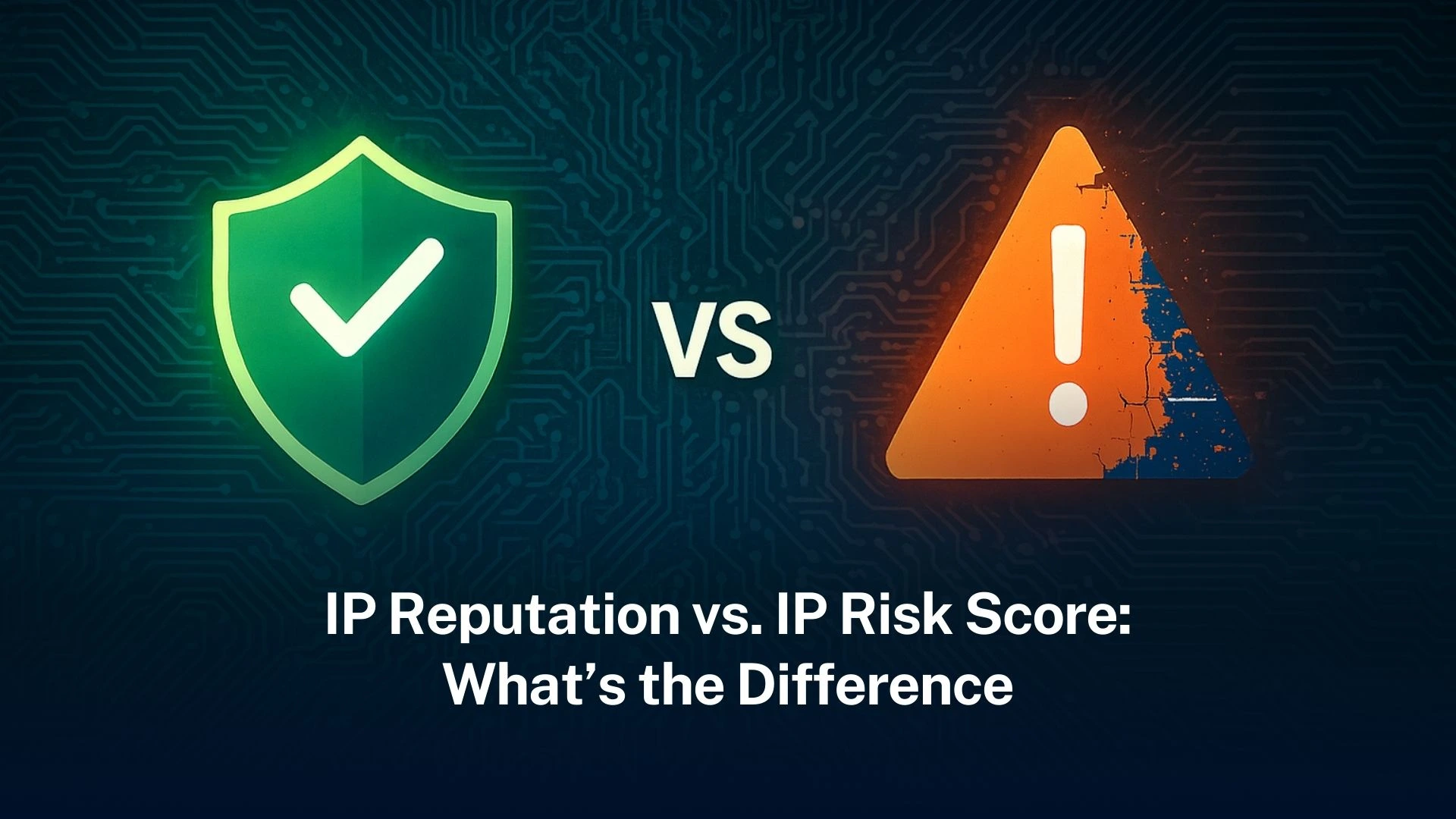Understanding IP delegation in modern networking

Table of Contents
Toggle- By optimising resource allocation, IP delegation makes it possible to manage networks securely and scalable across various organisational and geographic borders.
- Network performance is improved, automation is supported, and adherence to international internet governance standards is guaranteed by efficient IP delegation.
Introduction to IP delegation
The correct way to give out and manage Internet Protocol (IP) addresses is important for keeping a network running well. IP authorisation is a main part of this system. It means passing down blocks of IP addresses from global groups to smaller groups like local or regional ones. This helps use IP addresses in a better and more organised way.
As more companies depend on networks for their work, it is important to understand how IP authorisation works. This number lets the device send and get data over the Internet. IPv4 addresses are running out, and more people are starting to use IPv6.
Because of this, knowing how to manage IP authorisation is now a big task in network work. This paper will look at how IP authorisation works, why it matters in today’s networks, and what good steps people are using now to make it work better.
The Fundamentals of IP Delegation
IP delegation constitutes a hierarchical framework for distributing administrative authority over internet addressing and naming infrastructures to facilitate scalable network operations. This process originates with centralized entities including the Internet Assigned Numbers Authority which allocates extensive IP address blocks encompassing both IPv4 and IPv6 protocols to Regional Internet Registries globally. These regional entities subsequently delegate subdivided address ranges to Local Internet Registries or Internet Service Providers responsible for final assignment to organizational or individual end-users.
Each delegated entity manages internal address distribution employing mechanisms such as DHCP or static allocation while ensuring global routing propagation via protocols including Border Gateway Protocol. Concurrently DNS domain name delegation operates through hierarchical name server designation wherein root zone administrators delegate top-level domains to designated registries.
These registries further delegate second-level domains to owner-specified authoritative name servers granting complete control over subdomain management and resource record configuration covering A records MX records and CNAME records.
Reverse DNS delegation for PTR record resolution follows parallel structural principles within the in-addr.arpa and ip6.arpa domains where authority corresponds directly to allocated IP address blocks enabling inverse mapping from numerical addresses to domain identifiers.
This integrated delegation architecture spanning IP allocation DNS resolution and reverse lookup systems eliminates centralized control points contains operational disruptions to localized segments and distributes administrative workloads across hierarchical levels enabling autonomous resource management while maintaining global internet interoperability without unified oversight mechanisms.
Why IP delegation matters in modern networking
Contemporary digital ecosystems characterized by cloud computing proliferation, ubiquitous IoT device deployment, and 5G network implementation necessitate extensive interconnection mechanisms where IP delegation assumes critical operational significance.
This framework ensures optimal utilization of finite IP address resources particularly under IPv4 exhaustion concerns while IPv6 adoption with expanded addressing capacity intensifies demands for systematic delegation protocols to administer complex network architectures.
IP delegation establishes essential traceability functions supporting cybersecurity objectives; registry-maintained records detailing entity-controlled address blocks mitigate malicious activities including IP spoofing incidents and unauthorized access attempts. structured delegation enables precise tracking capabilities and operational accountability constituting fundamental cyber threat countermeasures.
Furthermore IP delegation underpins network automation scalability through integration with software-defined networking and network function virtualization paradigms wherein automated IP address management systems require well-defined delegation hierarchies to enable conflict-free dynamic resource provisioning across organizational infrastructures.
The role of Regional Internet Registries
Regional Internet Registries function as key organizations in global internet management systems. These entities receive authority from the Internet Assigned Numbers Authority. This authority allows them to control public Internet Protocol address resources within specific global regions. These non-profit institutions carry out essential technical operations. They distribute both IPv4 and IPv6 address spaces through structured allocation processes. They assign address blocks to Local Internet Registries and Internet Service Providers primarily.
These providers then assign addresses to end-user networks. The registries keep official registration databases. These databases record all resource distribution activities. They provide necessary operational transparency. This transparency comes through public access systems like WHOIS and Registration Data Access Protocol.
The registries manage reverse Domain Name System operations for allocated IP blocks. They work within established domains: in-addr.arpa for IPv4 and ip6.arpa for IPv6. These activities ensure consistent mapping between numerical addresses and domain names.
Regional Internet Registries support regional policy creation. They do this through open discussion platforms. Network operators, government agencies, academic groups, and civil society organizations participate. Together they develop agreed-upon policies. These policies govern IP address distribution, transfer rules, and usage standards. This inclusive governance approach allows adaptation to local infrastructure needs. It maintains worldwide internet compatibility.
The registries participate in technical coordination work. They implement routing security measures like Resource Public Key Infrastructure. This system cryptographically checks route origins.
It reduces Border Gateway Protocol hijacking risks. Through the Number Resource Organization collective, the registries work with global internet governance groups. These include the Internet Corporation for Assigned Names and Numbers and the Internet Engineering Task Force.
IP delegation and IPv6 adoption
The number of IPv4 addresses is almost used up. This has pushed more people to start using IPv6. IPv6 has a much bigger number of possible addresses. It gives 2 to the power of 128 addresses, while IPv4 gives only 2 to the power of 32. But using IPv6 brings new problems. The address blocks are bigger, and the way addresses are given out is not the same.
To understand how IP delegation works today, people need to deal with these changes so networks can stay useful and work well. In IPv6, groups often get address blocks like /48 or /56. This lets them control many small parts of their network. These small parts are called subnets, and there can be millions of them. This setup helps networks grow, especially for things like smart devices and 5G. These need a lot of unique addresses.
But if someone handles IPv6 delegation the wrong way, the network might slow down or face safety problems. Routing may not work well, and it might be harder to stop bad traffic. Owen DeLong from ARIN says IPv6 delegation needs simple and clear plans.
Without this, the address space might break into pieces and routing could get worse. It is important to keep things in order and make sure the paths that data takes stay short and direct.
Practices for IP delegation in organisations
To leverage IP delegation effectively, organisations must adopt best practices that align with modern networking demands.These steps help manage IP delegation better. One step is using strong IP address management systems. They lower the chance of mistakes and stop address conflicts. These tools also work with DNS and DHCP, so the whole network is easier to control. Another step is keeping good records of where each IP address goes.
When every address is written down clearly, it is easier to find problems and fix them. This is also needed to follow the rules from groups that give out IP addresses. Planning for future needs is also very important. When groups ask for address blocks, they should think about how much they will grow later. This is even more true for IPv6, where blocks are much bigger. Good planning can stop the need to ask for new addresses again and again. Keeping the network safe is also key.
One way to do this is using something called Resource Public Key Infrastructure or RPKI. This tool checks who really owns an IP address. It helps stop attackers from sending bad traffic using fake addresses.
Challenges in IP delegation
IP delegation plays a central role in network resource management, yet it encounters various persistent issues. The limited availability of IPv4 addresses has led to the emergence of unofficial trading markets, which complicate formal and compliant delegation practices. Different policy approaches among Regional Internet Registries (RIRs) also lead to inconsistent application across jurisdictions, which causes operational difficulties for multinational organisations.
There are further challenges in handling IPv6 allocations. Organizations lacking adequate management systems may struggle to monitor and maintain IPv6 address allocations due to the vast address space, potentially leading to inefficient resource allocation.
When it comes to IP address management, security is still an issue. Particularly in extensive networks, threats like IP spoofing and route hijacking continue to exist. Strong security frameworks must be used by organisations. This includes putting in place routing protocols and Resource Public Key Infrastructure (RPKI) to enable safe address origin validation.
IP delegation and network automation
Network automation is becoming a foundational feature in the operation of modern network environments. IP delegation is a key function within this automation process. Automated IP Address Management (IPAM) systems work with software-defined networking (SDN) and network function virtualisation (NFV) frameworks. These systems distribute IP addresses based on network usage in real time. This allows networks to respond to changes in demand with greater efficiency.
Juniper’s Telemetry Interface (JTI) is one example of how real-time visibility into address usage can support accurate and efficient delegation.
The Future of IP Delegation
The development of IP delegation is undergoing changes in automation, adaptability, and security. The continued deployment of IPv6 leads to a significant increase in available address space. This expansion changes the structure of traditional delegation models and allows broader and more detailed address distribution. It supports more complex technical scenarios, including the application of IP addresses in Internet of Things devices and edge computing environments.
The use of Software-Defined Networking and Network Function Virtualization creates a situation in which IP delegation is no longer fixed. IP address assignment becomes adjustable and can respond to changing traffic volumes, system performance demands, and specific security incidents. The gradual implementation of zero-trust network architecture reduces reliance on IP-based access control. Instead, it brings increased attention to identity-based systems.
This change requires the IP delegation process to incorporate stricter access management and monitoring tools. In cloud infrastructure and environments involving multiple tenants, the delegation of IP addresses often uses interfaces provided by service platforms. This method simplifies configuration and helps manage network resources with more precision.
The growth of decentralization and the emphasis on data ownership influence the design of delegation frameworks. Certain systems explore mechanisms that assign control of IP addresses to individual users or small groups through distributed technologies.
At the same time, developments in artificial intelligence make it possible to apply predictive models to IP allocation tasks. This technology helps adjust network behavior and reduce security threats through continuous analysis. The overall structure of IP delegation changes in parallel with changes in network design, and its functions must now address both technical performance and control.
Trusted IPv4 Leasing for Business Growth
Get enterprise-grade IPv4 space quickly, with seamless deployment and end-to-end management.
FAQs
IP delegation is the allocation of address blocks by central registries to regional authorities, service providers, or organisations to support structured network planning.
It helps distribute limited resources, provides traceability, and supports system growth in large and complex networks such as cloud platforms and IoT systems.
The expanded address space of IPv6 increases the need for careful allocation to ensure routing efficiency and avoid excessive fragmentation.
IPAM tools such as Infoblox and SolarWinds provide automation, improve record accuracy, and reduce manual workload in address tracking and assignment.
Using RPKI and authenticated routing protocols enables validation of address ownership and helps prevent unauthorised route announcements.
Related Blogs
A clear comprehension of the discrepancies between IP reputation and IP risk score constitutes a critical prerequisite for effective cybersecurity Read more
Organisations increasingly rely on IP risk scores. They use them to assess threat levels. They reduce fraud losses. They strengthen Read more
The current era faces IPv4 address scarcity. Organizations must verify IP block risk scores. Tools like i.lease help complete this Read more
A clear comprehension of the discrepancies between IP reputation and IP risk score constitutes a critical prerequisite for effective cybersecurity Read more
Organisations increasingly rely on IP risk scores. They use them to assess threat levels. They reduce fraud losses. They strengthen Read more
The current era faces IPv4 address scarcity. Organizations must verify IP block risk scores. Tools like i.lease help complete this Read more



